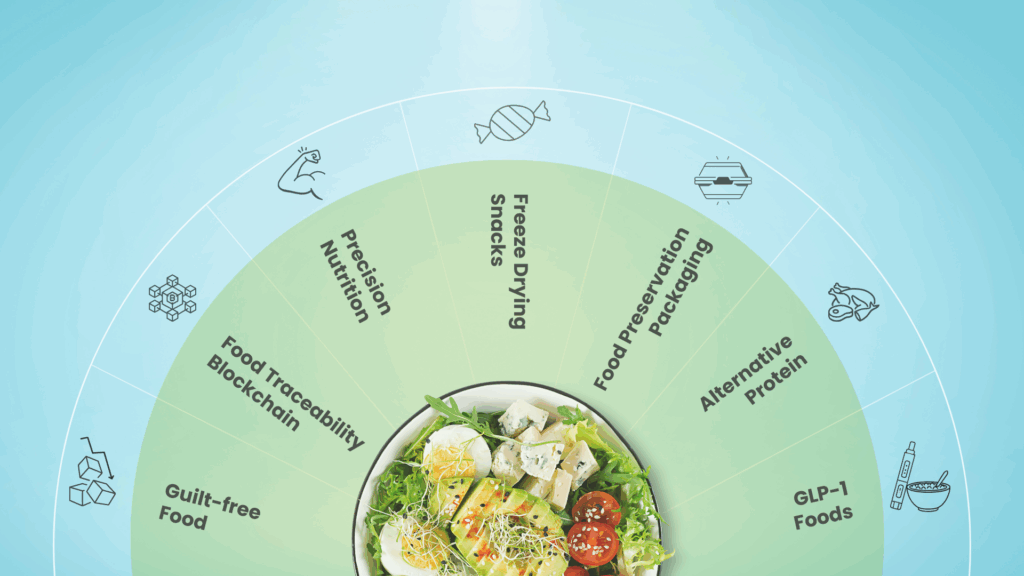Even though we all like to think we make decisions based on logic, it’s our emotions that guide us most of the time.
Arindam Som, Assistant Vice President at GreyB
The thought originated while he took a walk down memory lane.
He then took this conversation further over our internal email thread and shared how we can relate it to hiring biases.
For something as crucial as hiring practices, it is common to find oneself swayed for or against a candidate by interests, alma mater, or any other factor. The result is, of course, that often, the wrong candidate gets chosen for the profile, which is never fruitful for the company and sometimes even the candidate.
Therefore, while it is acknowledged that hiring biases exist, there are effective strategies to overcome them. One valuable perspective on this matter comes from Arindam Som, the Assistant Vice President at GreyB, who has extensive experience conducting hiring interviews and successfully mitigating biases.
To begin with, he informs us that many different biases can work against the interviewer when it comes to hiring the candidate most suitable for the position. To overcome them, one can create awareness about these biases and how they work.
Now, before jumping onto the strategies, let’s delve into some of the most common biases that can occur in the hiring process.
Types of Hiring Biases
Confirmation Bias:
This occurs when interviewers form a quick opinion about a candidate and then seek information that supports this opinion, ignoring information that contradicts it.
Halo Effect:
The interviewer allows one positive attribute (like the candidate who attended a prestigious school or worked at a well-known company) to overshadow all other information.
Horn Effect:
The opposite of the Halo Effect, the Horn Effect occurs when one negative trait clouds the interviewer’s perception, even if there are numerous positive traits.
Similarity Bias:
This happens when interviewers favor candidates they perceive as similar to themselves regarding hobbies, experiences, background, etc.
Availability Heuristic:
This is a bias where the interviewer makes decisions based on the information that is most readily available or memorable rather than considering all relevant information.
Anchoring Bias:
This occurs when an interviewer fixates on the first piece of information they learn about a candidate, influencing how they interpret subsequent information.
While there are multiple biases, the key to overcoming these biases is awareness. By knowing and acknowledging these biases exist, techniques and strategies can be employed to surpass them.
How to overcome hiring bias? Ft. Arindam
According to Arindam, the technique for addressing the bias depends on the type of bias, but the fundamental strategies remain consistent. Here are some of those fundamental strategies.
Using structured interviewing techniques
This means asking similar profile candidates the same questions in the same order and then scoring their responses using a predefined scale. Like the scale we have on creativity, curiosity, etc. As a result, each candidate is evaluated on the same criteria rather than subjective factors like personal interests.
Here are some of the questions that can be put forth and what quality of the candidate it can highlight.
- “Tell me about a time when you faced a challenging situation at work and how you resolved it.” – This question aims to assess problem-solving skills, adaptability, and decision-making abilities.
- “Imagine you are leading a team project, and one team member is consistently not meeting deadlines. How would you handle this situation?” -This question evaluates leadership skills, conflict resolution, and communication abilities.
- “Describe a situation where you had to make a decision that went against your personal beliefs. How did you handle it?” – This question evaluates ethical reasoning and integrity.
Caveat: Of course, it is more prudent to use a modified version of this in campus placements, where candidates can let each other know about the questions beforehand, among other things.
Asking engaging questions
When discussing personal interests with candidates, one should ask questions that can test their creativity or curiosity. Whatever hobbies they may have, the interviewer should not drop talking about it just because it doesn’t interest them.
Here is a brief questionnaire that fits this situation.
- Tell me about a project or hobby you are passionate about outside of work. How has it helped you develop new skills?
- What innovative project would you pursue if you had unlimited resources and time?
- What is the most exciting thing you’ve learned recently that is unrelated to your field of work?
- Describe a time when you had to step out of your comfort zone to achieve a goal. How did you handle it, and what did you learn?
These were Arindam’s two cents on the hiring biases that every interviewer must have faced in their lifetime. These insights will help you understand what to expect and ignore during interviews, which ultimately shape the hiring culture at GreyB.
If you’re interested in learning more about the culture at GreyB, check out our other blogs-
What makes an employee stay with a company in the long run? Ft. GreyBians
How I became a better person through Workshops?
GreyB’s Buddy program – A guiding light for the budding careers
Authored By- Moksha Jain, Marketing Team




